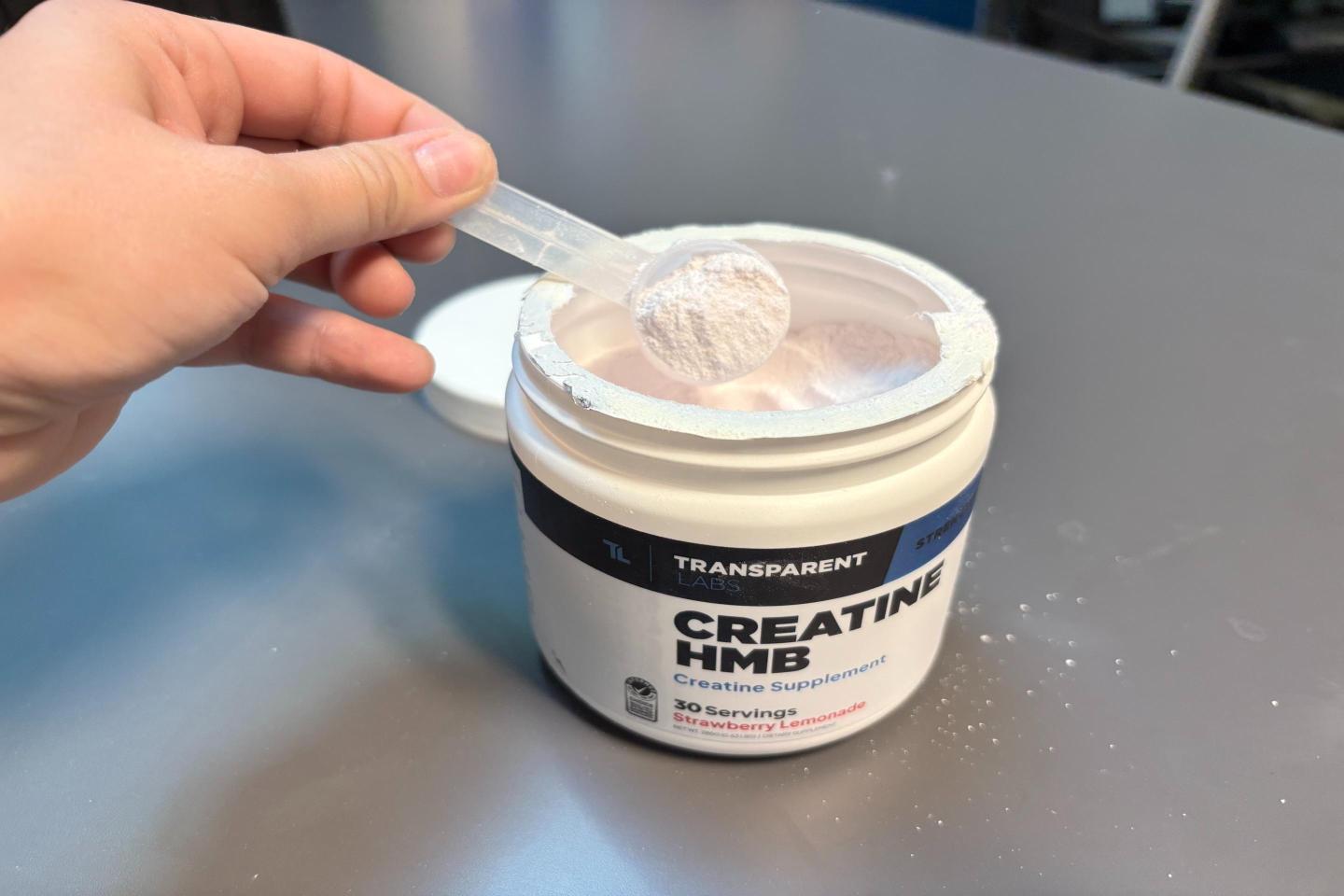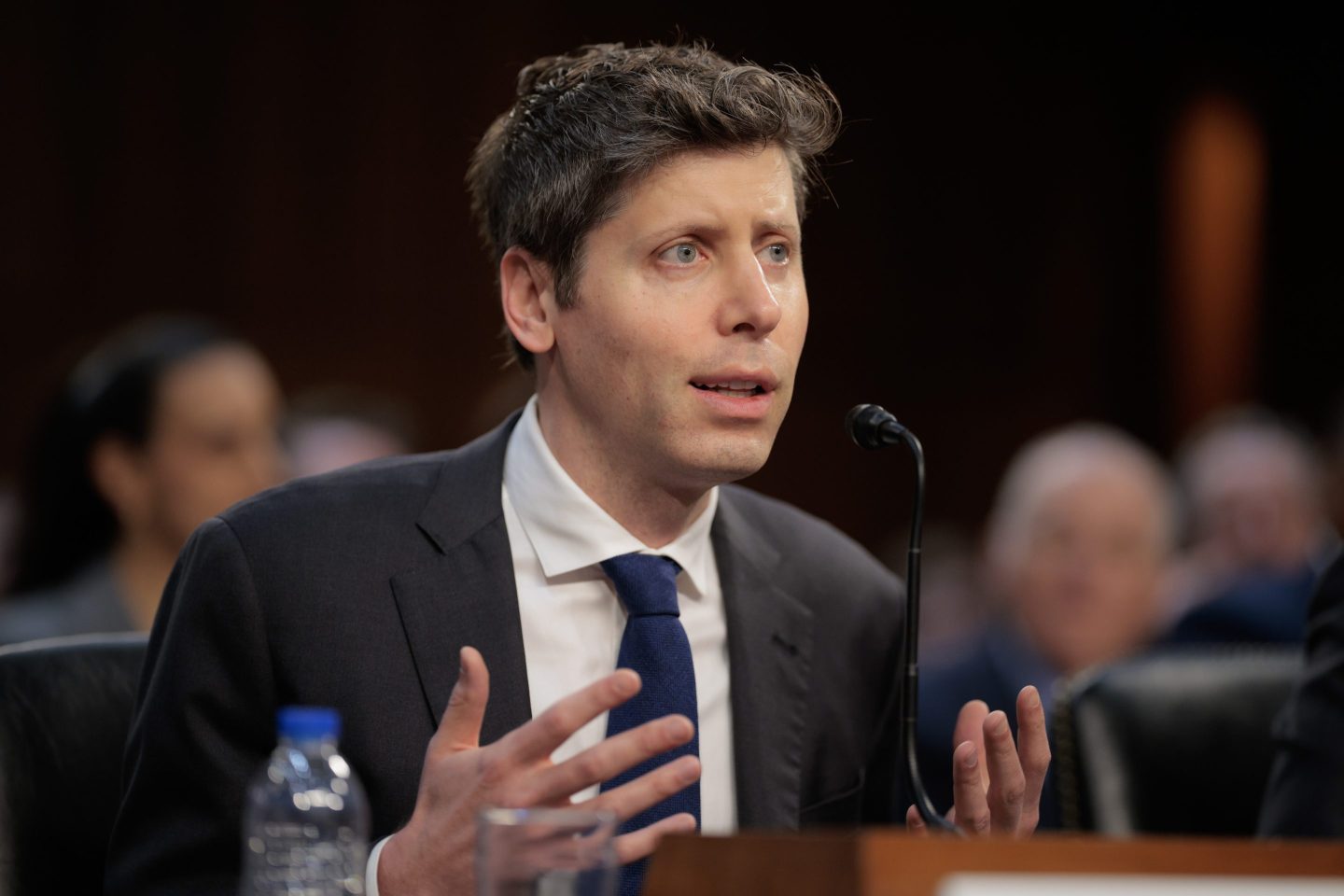While perusing downtown Manhattan, wanderers might stumble upon and be intrigued by a cave made of 44,000 plastic bags. But what will likely surprise them more than the visual conspicuousness of said cave is the fact that 44,000 is the number of plastic bags used in New York every minute.
That shock is the point of Arcadia Earth, a pop-up exhibit that seeks to “raise awareness on sustainability through positivity, happiness, and art [also providing] an educational [component],” says Valentino Vettori, the creator of the exhibit.
The bags used to build the rainbow cave were salvaged from indigo plastics and reclaimed fishing nets, making them both the subject and object of the installation. The message (use less plastic—or at least use it responsibly) is delivered through the plastic itself, which was sustainably sourced from a local recycling center.

That creativity in both form and function reverberates throughout the 15 installations that make up the immersive experience: The paper cave that marks the entrance to the first room was constructed using pages of books that a New York library threw away, and actual fishing nets create the life-size entrapment that visitors walk through while mulling the near-extinction of seafood around the world.
Vettori selected a series of artists and then tasked them to create each room using only up-cycle materials: by-products and waste substances that are processed into better quality ones, with a higher environmental value.
“Valentino came to us with the themes he wanted to explore and gave us the freedom to create the story by which they are told,” says Justin Bolognino, the artist behind the O2 and CO2 rooms. “We took the two themes, mapped out the most effective way to [explore] them through immersion and technology, and brought to life what you see.”
But Arcadia Earth—in Greek, Arcadia translates to “in harmony with nature”—does more than point out a series of global problems in inventive ways: Each room also focuses on ways humans can improve their footprint and actually be part of possible solutions.

The last part of the exhibit, the vow room, suggests four ways for visitors to make a difference upon exiting: eat less meat, waste no food, get rid of single-use plastic, and shop responsibly—promises that Vettori himself made only relatively recently.
A veteran of the fashion industry and a designer of installations for all sorts of brands, Vettori credits a 2017 trip to the Summit Series conference as the inspiration for Arcadia Earth. While there, he attended a presentation by Paul Hawken, an environmentalist and author of Drawdown, a book about global warming. Inspired by Hawken’s words, Vettori set out to create an experience that would draw attention to the same ecological issues—climate change, deforestation, overfishing, food waste, and plastic pollution—he now explores in Arcadia Earth.
“I realized there were two problems,” he says about the way the topics have been tackled in the past. “The first one is that we always talk very negatively about climate change: We’re going to die, the tsunami, hurricanes. It’s not something people want to hear. It’s hard to educate the community if we start saying you guys are going to die.” The second issue, he says, involves most people’s ignorance about the ways small actions can impact the bigger picture. “[Many think,] ‘This is not up to me. This is bigger than me.’ The reality is that is not true. Our behavior can have a major impact on the planet.”
Unable to raise capital for his project, and not for lack of trying, Vettori eventually self-funded it.

What seems to set Arcadia Earth apart from other artistic endeavors dealing with our planet’s ecological character is the exhibit’s evident embrace of all things social media. “Instagram today is the number one tool to spread awareness,” Vettori says. “Instead of posting just a pretty picture, you [will] also post something that says, ‘No more plastic.’ It becomes an echo in your community. There is a snowballing effect.”
Vettori isn’t wrong: A simple Instagram search unveils an endless scroll of selfies in plastic caves and featuring virtual reality headsets. “The exhibition is pure inception,” Vettori says. “It is designed to be attractive, so people come inside and then come out and say, ‘I didn’t even know this was about sustainability, and now I’m shocked. I’m not going to use a plastic bag anymore.’ It’s a total trap.”
His ingeniousness shines brightest when Vettori openly acknowledges that not only did his past work contribute to the problems he is now trying to solve (“literally my job [was] to create installations for the fashion industry that last five days and then create trucks and trucks and trucks of single-use-plastic garbage”), but ironically the mere existence of Arcadia Earth increases the pollution he is fighting.
“The only way to be 100% sustainable is to do nothing,” he says. “Or, you look at it from a different point of view.” Here, he launches into an explanation about offsetting. Specifically, for every ticket sold, Vettori and his associates plant a tree as a way to offset their carbon footprint. Also, “the [people] that come here, when they go out, they change. Let’s say 10% of them reduce their eating of meat, then that’s a consequence of my behavior and art. Therefore, their changing behaviors offset my installation.”

In more practical ways, the design of the space boasts eco-friendly touches. “The art walls are panels that clamp on together,” Vettori explains. “At the end of the exhibit, you just clamp them off and recycle them.”
An artistic effort in the fight for eco-consciousness and a social media darling with potential to expand to cities all across America, Arcadia Earth is a marriage of the mind and the senses. “It’s like Mary Poppins,” says Vettori. “With a little bit of sugar, the medicine goes down.”
More must-read stories from Fortune:
—Meet Yolande Milan Batteau, wallpaper atelier to the elite
—This club bridges the gap from coworking space to after-hours lounge
—Gift Guide: The best gin, tequila, mezcal, cognac, and more
—A background in education helped Emily Hyland build a pizza empire
—This party kit startup’s new hotline could save the day this holiday season
Follow Fortune on Flipboard to stay up-to-date on the latest news and analysis.












